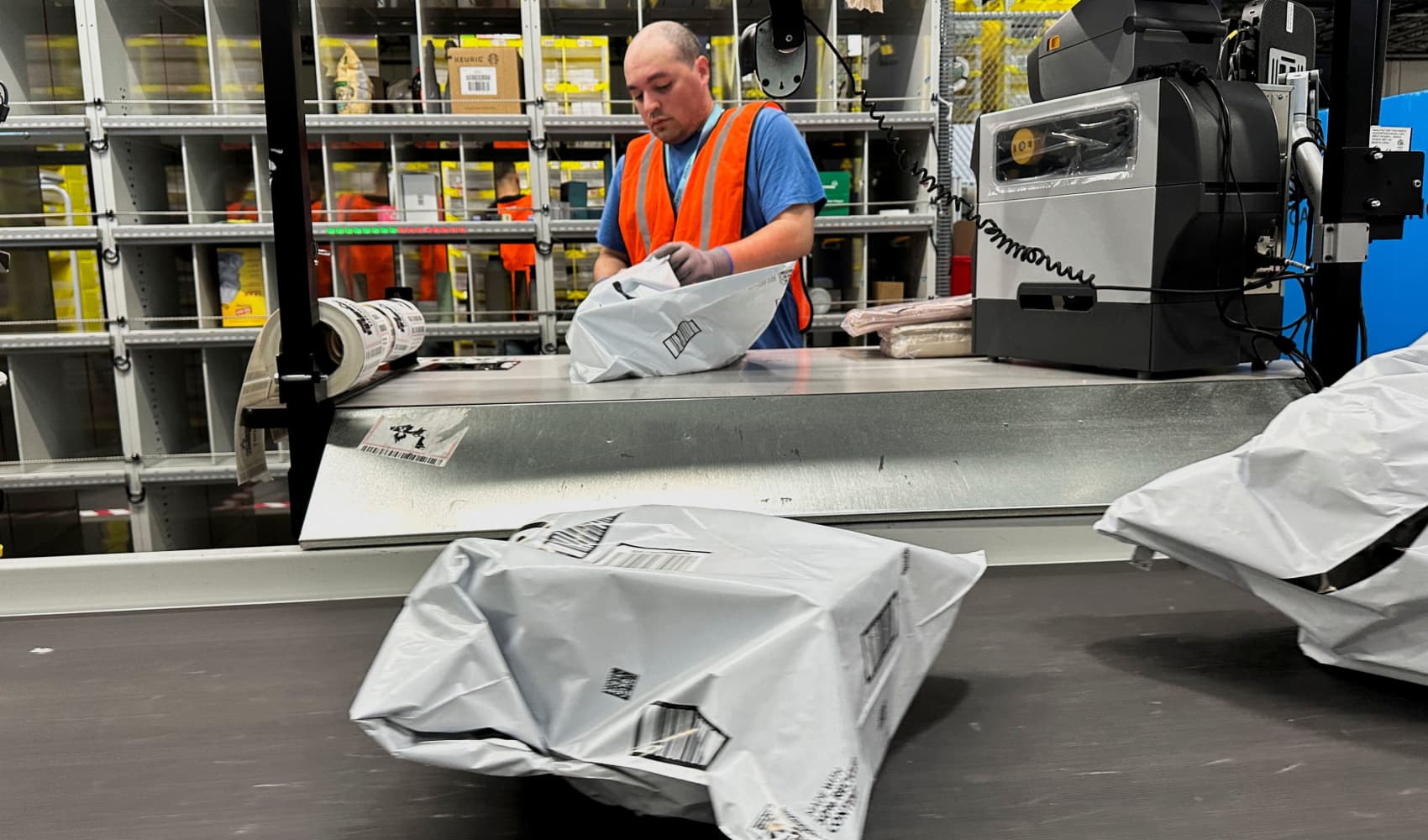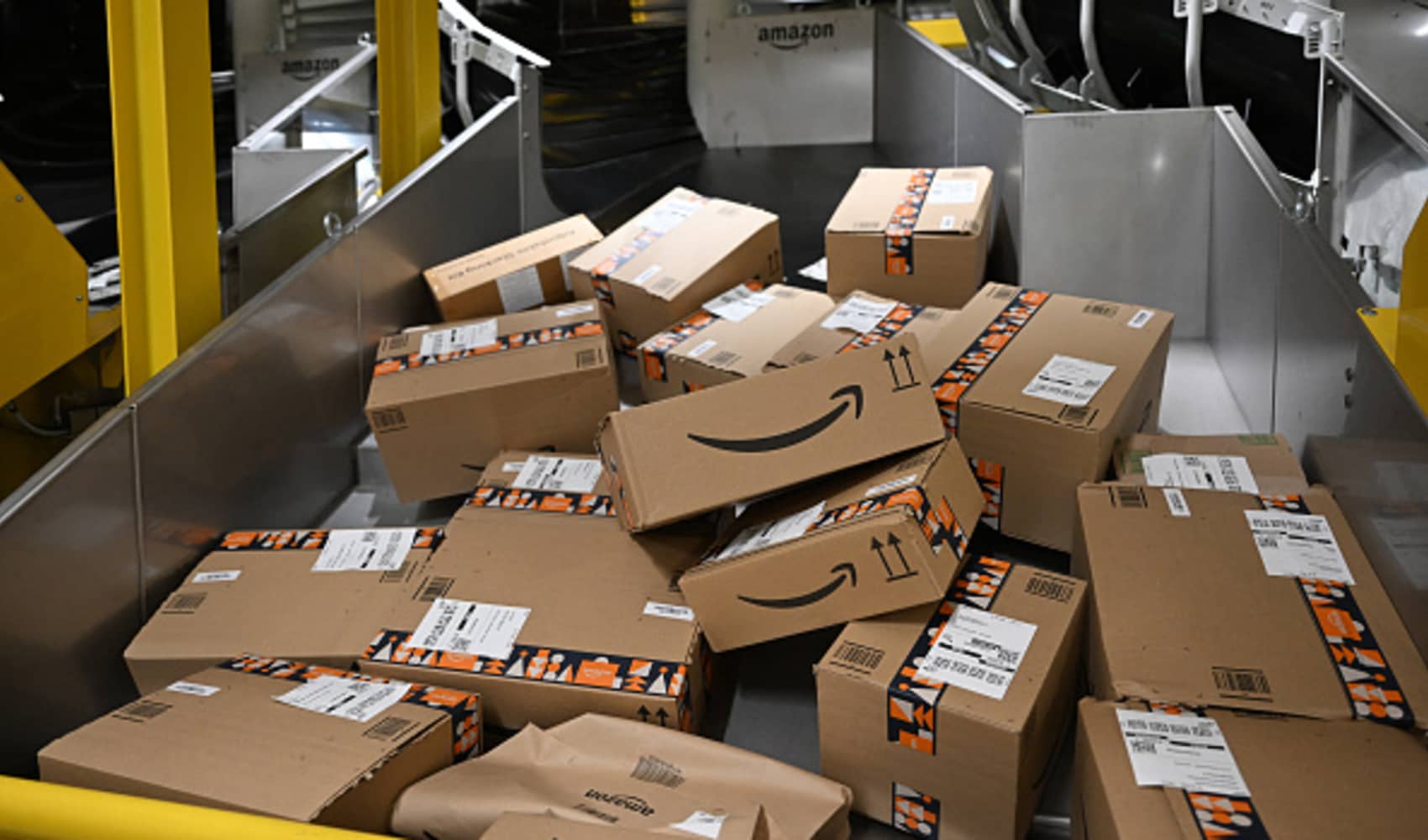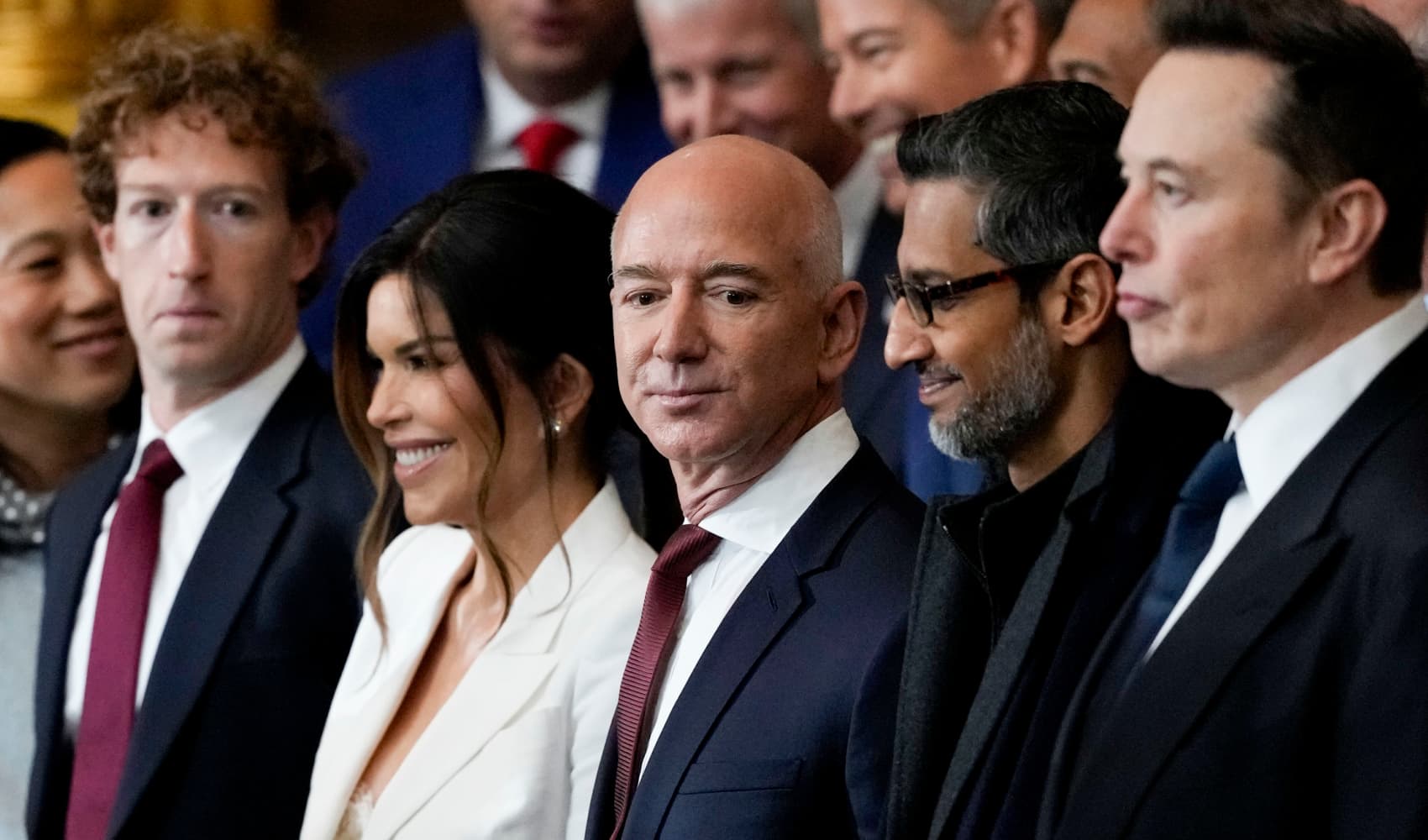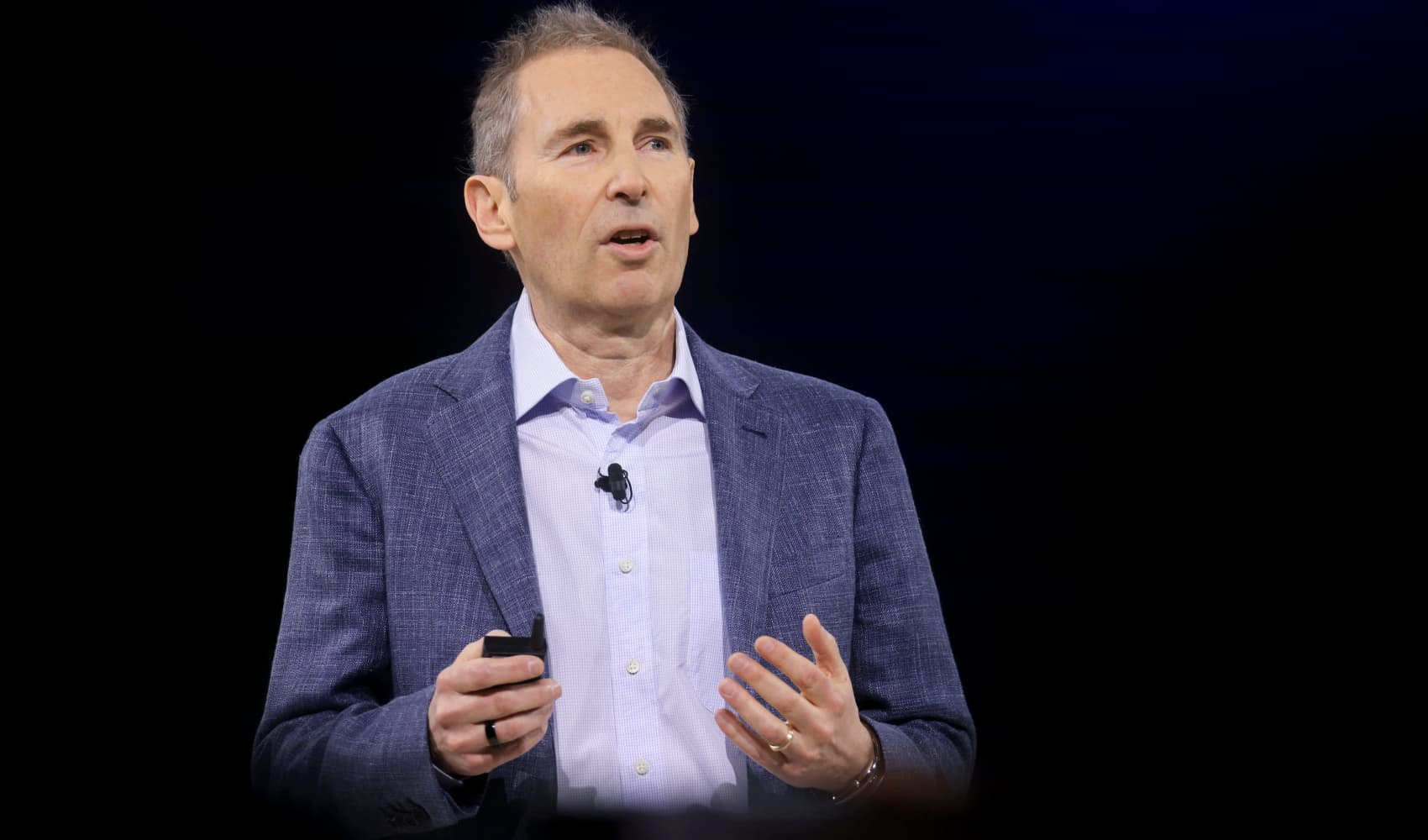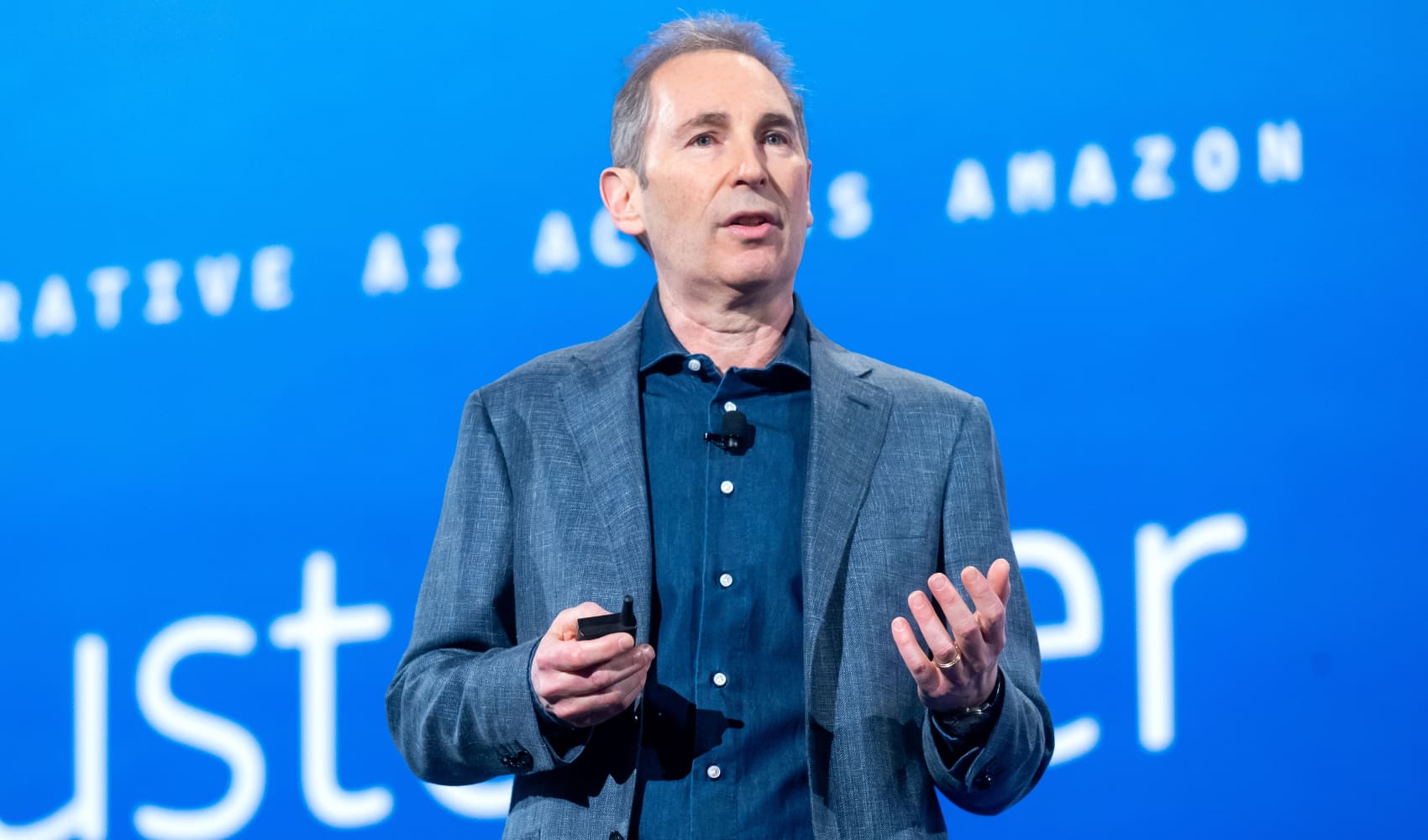China Tariffs: Amazon Sellers Hike Prices – Unsustainable?
Amazon Sellers Squeezed: Trump's China Tariffs Trigger Price Hikes and Panic
Introduction: The Tariff Tango on Amazon
The world of online retail is a constant dance, isn't it? A delicate balance of supply, demand, and, of course, price. But what happens when a disruptive force like a major tariff waltzes onto the stage? The music changes, and everyone scrambles to adjust. That's precisely what's happening on Amazon, where sellers are feeling the pinch of President Trump's tariffs on Chinese goods. Many are now facing the difficult choice of raising prices or absorbing significant losses.
The Tariff Tsunami: Price Hikes Across the Board
The impact is undeniable. Amazon sellers are raising prices on hundreds of top-selling items, a direct consequence of the higher import costs they're now grappling with. Think of it like this: the price of getting goods from China to your doorstep just went up, and that cost has to be passed on somewhere. And guess who's footing the bill? You, the consumer.
Who's Feeling the Heat?
It's not just the big corporations feeling the burn. Small and medium-sized businesses, many of whom rely on Amazon as their primary sales channel, are particularly vulnerable. They often lack the bargaining power to negotiate lower prices with suppliers or the financial resources to absorb significant cost increases.
China's Share: A Quarter of Price Increases
Here's a startling statistic: according to data from SmartScout, about 25% of the recent price increases have come from sellers based in China. This makes perfect sense, right? They're the ones directly impacted by the tariffs, and they're reacting accordingly.
The Domino Effect
The price hikes by Chinese sellers aren't happening in isolation. They create a domino effect, pushing other sellers, both Chinese and American, to re-evaluate their pricing strategies. It's a competitive marketplace, and no one wants to be left behind.
The Search for Alternatives: Diversifying Supply Chains
American sellers aren't just sitting idly by, watching their profits dwindle. Many are actively seeking alternative suppliers in countries like Vietnam, Mexico, and India. Think of it as a strategic retreat, a move to safer ground where tariffs are less burdensome.
Why These Countries?
Vietnam, Mexico, and India offer several advantages: lower labor costs, proximity to major markets, and, crucially, more favorable trade relations with the United States. It's a calculated risk, a bet that diversifying supply chains will pay off in the long run.
Aaron Cordovez's Dilemma: A Case Study
Let's zoom in on a real-world example. Aaron Cordovez, co-founder of Zulay Kitchen, has been selling kitchen appliances on Amazon for a decade. The problem? Most of his products are manufactured in China. He's caught between a rock and a hard place, facing the daunting task of relocating his production.
Moving Production: A Long and Arduous Journey
Cordovez isn't just snapping his fingers and moving his factories. He estimates that the process of shifting production to India, Mexico, and other markets will take at least a year or two. That's a significant time investment, and it underscores the complexity of re-engineering a global supply chain.
The "Unsustainable" Reality: A Seller's Perspective
Cordovez pulls no punches when he describes the situation as "unsustainable." The tariffs are eroding his profit margins, forcing him to make difficult choices about pricing, product development, and overall business strategy. It's a pressure cooker environment, and many other Amazon sellers are feeling the heat alongside him.
What Does "Unsustainable" Mean?
For Cordovez, "unsustainable" means that he can't continue to operate his business as usual. He needs to adapt, innovate, and find new ways to compete in a rapidly changing marketplace. Failure to do so could mean the demise of his business, a stark reminder of the high stakes involved.
The Long-Term Implications: A Shifting Landscape
The tariff situation isn't just a short-term hiccup. It's likely to have long-lasting implications for the entire e-commerce landscape. We're talking about potential shifts in manufacturing locations, changes in consumer behavior, and a re-evaluation of global trade relationships.
The Consumer's Role: Are We Ready to Pay More?
Ultimately, the success or failure of these tariff-driven price increases will depend on consumers. Are we willing to pay more for the products we buy on Amazon? Or will we seek out cheaper alternatives, potentially impacting the sales of those sellers who have raised their prices?
Beyond Tariffs: Other Factors at Play
It's important to remember that tariffs aren't the only factor influencing prices on Amazon. Supply chain disruptions, inflation, and increased competition are also contributing to the overall price environment. It's a complex interplay of forces, making it difficult to isolate the precise impact of the tariffs alone.
The Amazon Algorithm: A Silent Partner
Let's not forget about the Amazon algorithm, which plays a crucial role in determining product rankings and visibility. Sellers are constantly tweaking their strategies to appease the algorithm, and price is a key factor. If prices rise too high, products may lose their ranking, leading to a decrease in sales.
Adapt or Perish: The Seller's Mantra
In the face of these challenges, Amazon sellers need to be agile and adaptable. They need to explore new sourcing options, optimize their pricing strategies, and find innovative ways to add value for their customers. It's a Darwinian world out there, and only the fittest will survive.
Embracing Technology: Automation and Efficiency
One way sellers can stay competitive is by embracing technology. Automation, data analytics, and efficient inventory management can help them streamline their operations, reduce costs, and improve their overall profitability. It's about working smarter, not just harder.
The Future of Amazon: A Pricey Proposition?
So, what does the future hold for Amazon? Will we see a permanent increase in prices across the board? Or will sellers find ways to mitigate the impact of the tariffs? The answer is likely somewhere in between. We can expect to see continued price fluctuations, as well as ongoing efforts by sellers to adapt to the changing landscape.
Navigating Uncertainty: The Key to Success
The key to success for Amazon sellers will be their ability to navigate uncertainty. They need to be prepared for unexpected challenges, and they need to be willing to experiment with new strategies. It's a constant learning process, a journey of discovery that never truly ends.
Conclusion: Adapting to the New Reality
In conclusion, President Trump's China tariffs are having a significant impact on Amazon sellers, forcing them to raise prices and seek alternative suppliers. While the long-term implications remain uncertain, one thing is clear: the e-commerce landscape is changing, and sellers need to adapt in order to survive. The future of Amazon may be a pricey proposition, but with resilience and innovation, sellers can navigate these challenges and continue to thrive.
Frequently Asked Questions
- Why are Amazon sellers raising prices now?
Amazon sellers are primarily raising prices due to increased import costs resulting from President Trump's tariffs on goods imported from China. These tariffs add an extra layer of cost that sellers must account for, either by absorbing the loss or passing it on to consumers.
- How are smaller Amazon sellers affected by these tariffs?
Smaller Amazon sellers are often disproportionately affected by tariffs because they lack the resources and negotiating power of larger companies. They may struggle to absorb the increased costs or find alternative suppliers as quickly, putting them at a competitive disadvantage.
- What alternative countries are Amazon sellers looking to for suppliers?
Many U.S.-based Amazon sellers are exploring suppliers in countries like Vietnam, Mexico, and India. These countries often offer lower labor costs and more favorable trade relations with the United States compared to China, making them attractive alternatives.
- How long does it take for a company to move its production out of China?
Relocating production from China to another country can be a lengthy process, often taking a year or two. This involves finding new suppliers, setting up manufacturing facilities, establishing logistics networks, and ensuring quality control, which all require significant time and investment.
- Can consumers expect to see permanent price increases on Amazon due to the tariffs?
While it's difficult to predict the future with certainty, it's likely that consumers will continue to see price fluctuations on Amazon. Sellers will continue to adjust their pricing strategies in response to tariffs, competition, and other market forces. Whether these price increases become permanent will depend on a variety of factors, including trade policy and consumer behavior.
